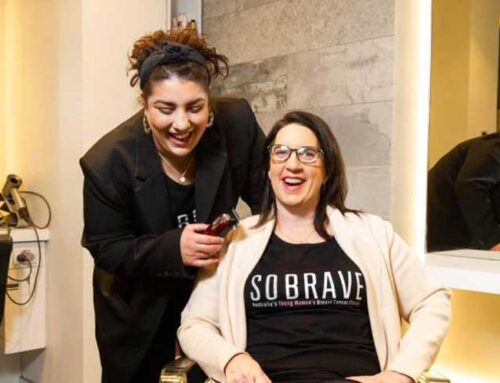Devastating about Lady Gaga. Chronic pain does not discriminate.
It’s not the way I’d prefer people to be educated. I would never want anyone to endure chronic pain but with news of Gaga’s cancelled tour people might believe that invisible pain can be this debilitating. It can leave you hospitalised and/or change your life so much that you no longer recognise it…
(Article from The Guardian Fibromyalgia: the chronic pain that thwarted Lady Gaga’s tour)
On Monday it was announced that Lady Gaga has cancelled her European tour, due to begin next week, because of “severe physical pain that has impacted her ability to perform”. She has fibromyalgia, and has made a Netflix documentary, Gaga: Five Foot Two, to raise awareness about this long-term condition. A statement says: “She plans to spend the next seven weeks proactively working with her doctors to heal from this and past traumas that still affect her daily life and result in severe physical pain in her body. She wants to give her fans the best version of the show she built for them when the tour resumes.”

We’ve all heard of Lady Gaga, but fibromyalgia syndrome (FMS) may be more of a mystery. It is a condition that is hard to diagnose, explain or treat. And many people with the condition say they struggle to get medical professionals to take their symptoms seriously. FMS is a long-term condition that causes widespread pain. Its debilitating symptoms include extreme tiredness, muscle aches, difficulty sleeping and concentrating; headaches and bloating are also common. In Lady Gaga’s case, it is easy to see how she may have initially put these problems down to touring and performing. But the fatigue and pains persist even when you rest, and can be far more draining than normal tiredness.
People with FMS often notice that a fairly innocuous injury, such as stubbing a toe, hurts more intensely and for longer than it should. And even a light touch that shouldn’t hurt at all can be experienced as an unpleasantly painful sensation. The fatigue means you need to sleep a lot but wake up feeling groggy, stiff and achy. Even mental processes feel sluggish, so it becomes a huge effort to concentrate or learn anything new, and your speech may sound slow and a bit muddled. Patients call this “fibro-fog”, and it is not clear whether Lady Gaga experiences it or not.
FMS is typically diagnosed in people just like Lady Gaga: female and aged 30-50 (she is 31). It may affect as many as one in 20 people, but there is no definitive test, so it is hard to estimate numbers. There may also be a genetic component alongside environmental factors. FMS is certainly diagnosed more often now than when it was first recognised as a cause of chronic and disabling pain in 1976. It can coexist with other conditions that cause joint pain, including rheumatoid arthritis and lupus. And although you may think that, since there is no cure, there is no point in receiving the diagnosis, people who live with pain and multiple unexplained symptoms over many years often find that being told they have FMS is helpful.
Diagnosis rests on a history of widespread pain and pressure points. An examiner prods you in 18 places (with enough pressure to blanche the examiner’s fingernail). If 11 out of the 18 points are unusually tender, it supports the diagnosis.

No one knows what causes FMS. There is probably some disorder in the way pain is processed in the brain in people with the condition. And there is a cycle in which pain makes you depressed and anxious and this makes the experience of pain worse. Sceptics may say “it’s all in the mind” but all pain is processed in the brain, so that sort of disparaging and dismissive remark makes no sense. There is some suggestion that FMS is more common among people who have suffered from physical, emotional and sexual abuse in childhood; the evidence is weak, but this is an area that needs more study. Lady Gaga has been very open about being raped at the age of 19 and her anti-rape song, Swine, hints at the trauma she experienced.
As there is no specific cure, living with FMS means being aware of triggers (stress, bereavement, other illnesses or surgery, weather changes, travel and sleep deprivation, for instance) that can cause a flare-up, and finding a way of living, working, exercising and eating that works for you. Exercise, physiotherapy, adjustments in the workplace, counselling and stress management techniques can help. Drug treatment with anti-inflammatories, antidepressants and drugs used in the treatment of epilepsy have all been tried, but there is no single easy fix.
But Lady Gaga – and her millions of fans – may take heart from the fact that, however bad the symptoms are, FMS does not cause long-term joint damage and many people do get better over time. However, you cannot predict how long recovery may take, or whether symptoms will recur, so it is hard to know when she might feel ready to commit to touring again.











Very good blog, I’m following…